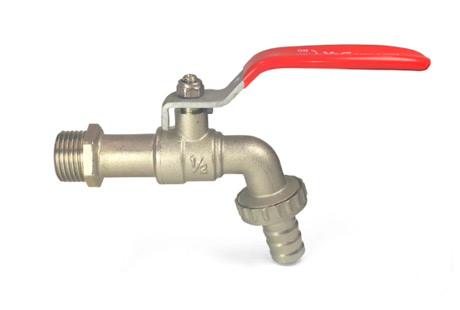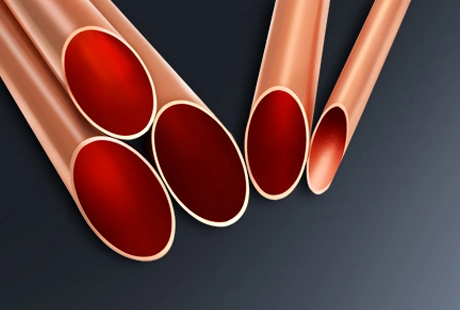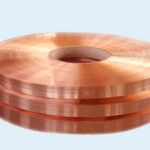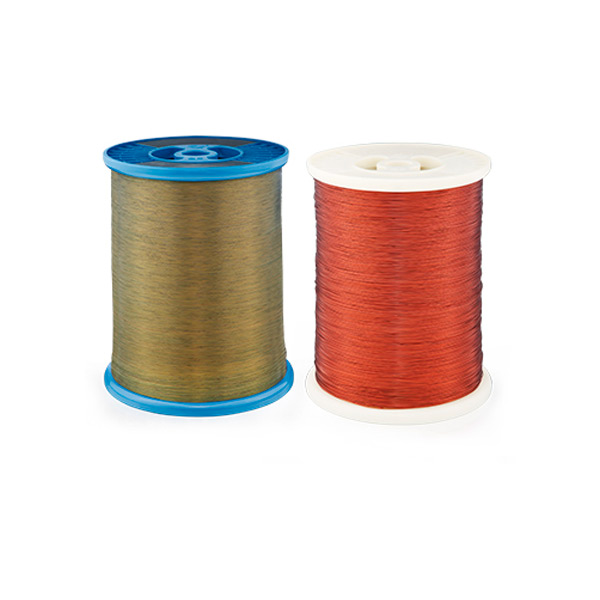In the realm of industrial materials, copper tubes stand out for their exceptional versatility, durability, and conductivity. Among the myriad of copper tube variants, TP2, T2, and TU1 have garnered significant attention for their unique properties and wide-ranging applications. Whether you're an engineer, a contractor, or a materials scientist, understanding the nuances of these copper tube types is crucial for optimizing performance and ensuring the longevity of your projects. This blog delves into the intricate world of TP2, T2, and TU1 copper tubes, offering a comprehensive guide to their chemical compositions, manufacturing processes, and practical applications. Join us as we explore the distinctive characteristics that make these copper tubes indispensable in various industries, from plumbing and HVAC to electrical and automotive sectors.
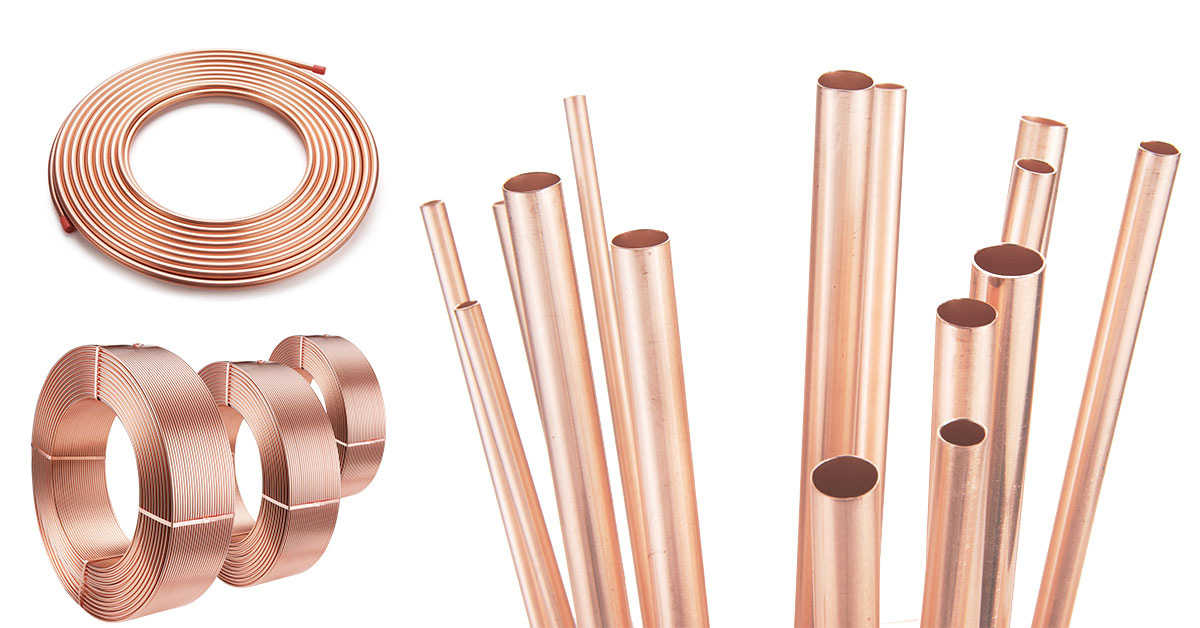
What is TP2, T2 and TU1 Copper?
TP2 (Phosphorus Deoxidized Copper)
TP2 is phosphorus deoxidized copper, with a copper content according to national standards of 99.90%. Approximately 0.015% of phosphorus is added during the smelting process to improve the welding performance of copper tubes. It is mainly used in products with frequent air conditioning welding to avoid "hydrogen embrittlement" and is easier to weld than T2.
Due to the addition of phosphorus elements in TP2 material, it exhibits relatively greater ductility. TP2 is widely used in the manufacturing of air conditioning refrigerant connection pipes, gas circuit connection pipes for stoves, electric heating pipes, etc.
T2 (Pure Copper)
T2 is pure copper with a copper content higher than 99.90%. When users require high conductivity from the material, T2 copper tubes are the preferred choice.
TU1 (Oxygen-Free Copper)
TU1 is oxygen-free copper, essentially higher purity copper with a copper content ≥99.97%. It has extremely low oxygen and impurity content, with phosphorus content lower than 0.002%. TU1 exhibits excellent electrical and thermal conductivity, good ductility, and superior processing, welding, corrosion resistance, and cold resistance. The uniformity of TU1's internal crystal grains and the significant reduction of secondary phase particles at grain boundaries result in enhanced ductility. This increased ductility leads to better processing consistency. TU1's strain distribution uniformity in the processing of trumpet mouths is significantly advantageous compared to TP2. This means that if TU1 is used for making connection pipes, the processing of the trumpet mouth will be more stable and reliable, ensuring a stable sealing characteristic of the connection pipe. Due to its high production requirements and costs, TU1 copper tubes are priced much higher than other categories of purple copper tubes.
Chemical Composition and Properties of TP2, T2 and TU1 Copper
TP2 Copper
TP2 copper, also known as phosphorus-deoxidized copper, contains a small amount of phosphorus, which enhances its weldability and corrosion resistance. This type of copper is commonly used in applications where these properties are critical, such as in plumbing and heat exchangers.
T2 Copper
T2 copper is a high-purity copper with minimal impurities, making it ideal for applications requiring excellent electrical conductivity. It is widely used in electrical and electronic components, as well as in the manufacturing of cables and wires.
Chemical Composition:
Copper (Cu): 99.90% min
Impurities: 0.10% max
Superior electrical conductivity
Good thermal conductivity
High ductility and malleability
TU1 Copper
TU1 copper is another high-purity copper, similar to T2, but with even fewer impurities. This makes it suitable for applications that demand the highest levels of electrical and thermal conductivity, such as in high-end electronic devices and specialized industrial equipment.
Chemical Composition:
Copper (Cu): 99.95% min
Impurities: 0.05% max
Properties:
Exceptional electrical and thermal conductivity
Excellent ductility and malleability
High corrosion resistance
Common Industrial Applications for TP2, T2, and TU1 Copper Tubes
TP2 Copper Tubes Applications
T2 Copper Tubes Applications
TU1 Copper Tubes Applications
International Standards and Specifications for TP2, T2, and TU1 Copper Tubes
Chinese copper processing materials can be categorized into four main types: standard copper (T1, T2, T3, T4), oxygen-free copper (TU1, TU2, and high-purity vacuum oxygen-free copper), deoxidized copper (TUP, TUMn), and special copper with small amounts of alloying elements (such as arsenic copper, tellurium copper, and silver copper). Red copper, known for its electrical and thermal conductivity, is second only to silver and is extensively used in the manufacture of electrical and thermal equipment. Additionally, red copper exhibits excellent corrosion resistance in various environments, including the atmosphere, seawater, and certain non-oxidizing acids (like hydrochloric acid and dilute sulfuric acid), as well as alkalis, salt solutions, and various organic acids (such as acetic acid and citric acid).
| Name | Chinese Grade | Japanese Grade | German Grade | American Grade | British Grade |
| Oxygen-free Copper | TU0 | C1011 | V10100 | C110 | —— |
| No.1 Oxygen-free Copper | TU1 | C1020 | OF-Cu | C10200 | C103 |
| No.2 Oxygen-free Copper | TU2 | C1020 | OF-Cu | C10200 | C103 |
| Number One Copper | T1 | C1020 | OF-Cu | C10200 | C103 |
| Copper No.2 | T2 | C1100 | SE-Cu | C11000 | C101 |
| No.3 Copper | T3 | C1221 | —— | —— | —— |
| No.1 Phosphorus Deoxidized Copper | TP1 | C1201 | SW-Cu | C10200 | —— |
| Phosphorus Deoxidized Copper | TP2 | C1220 | SF-Cu | C10200 | —— |
Choose Copper Tubes From Jintian
Since its establishment in 1986, Jintian Copper has emerged as a leading supplier of high-quality copper materials and products in China and around the globe. With a steadfast commitment to excellence and innovation, Jintian Copper has built a robust production network that spans multiple strategic locations, including Ningbo, Jiangsu, Chongqing, and Guangdong in China, as well as Vietnam and Thailand.
As a leading copper manufacturing company, our global footprint extends to key markets in Southeast Asia, The Middle East, the USA, Korea, Japan and Europe, ensuring that we meet the diverse needs of our international clientele. At Jintian Copper, we pride ourselves on delivering superior copper solutions that drive progress and efficiency across various industries. Join us as we continue to set the standard for quality and reliability in the copper industry.
R&D
Research and Development (R&D) Technological advancement is crucial to Jintian Copper’s business success. Our R&D efforts have earned us national recognition and several prestigious titles, including Nationally Accredited Enterprise Technology Center, National-level Post-doctoral Workplace, and Nationally Accredited Laboratory. We have invited experts from Germany, Japan, and Korea, as well as a team of scientists from the National Academy of Sciences of Ukraine, to train our staff and create an excellent environment for scientists. Jintian collaborates with renowned scientific research institutions such as the Beijing General Research Institute for Nonferrous Metals, Central South University, and Zhejiang University. Our goal is to establish a comprehensive R&D system that integrates scientific research with industrial application.
Lean Production
Jintian Copper has thoroughly adopted lean management practices across all areas, including production, quality control, and equipment management. To enhance our lean manufacturing processes, we have engaged numerous senior experts and consultants from the world’s top 500 companies and leading domestic consulting firms. Our management philosophy, “Full participation of all employees, Continuous improvement,” drives our efforts. This approach has allowed us to significantly reduce production costs and boost efficiency, securing a leading position in the industry in terms of product quality, production cost, labor efficiency, and added value. Jintian has developed a Lean Innovation System uniquely characterized by its own ‘Jintian’ attributes.
Intelligent Manufacturing
Intelligent manufacturing has played a crucial role in the transformation and upgrading of Jintian Copper. In 2017, we established the Intelligent Manufacturing Research Institute. We collaborate with renowned domestic and international intelligent manufacturing service providers, including SAP, Honeywell, Xiyi, and Hand. Guided by the principles of “Lean, Automated, and Intelligent,” Jintian is advancing the development of digital plants with the ultimate aim of creating a fully unmanned factory.
Customer Success Stories and Testimonials
| Our Partner | Cases Details |
| Daikin | With the excellent product performance and stable quality ,Jintian Copper Tube has won the recognition of Daikin air conditioners worldwide. In the global "carbon neutrality" strategy, Jintian and Daikin have joined forces and advanced together to bring more efficient, energy-saving and environmentally friendly air conditioning and refrigeration products to the market. |
| LG | Jintian and LG Home Appliances have jointly developed and promoted industry progress, bringing superior products to consumers worldwide. |
| Samsung | Samsung's No.1 copper tube supplier for its global air conditioning business, providing technical support for copper tube products, and both parties are long-term strategic partners |
| JCH | Steadily high quality performance of JINTIAN copper tubes helps JCH enhance quality level and reduce cost continuously, hence JINTIAN is awarded the Silver Prize Supplier for FY'24 by JCH |
| Haier | We are pround to provide Haier with high-performance new products with a lower cost, the cooperation results to be fruitful and pleasant. |
Generally, processed copper tubes are divided into three types: hard, semi-hard, and soft. Their flexibility varies, and their quality can be assessed by bending the copper tube. A high-quality copper tube is easy to bend, but if it is difficult to bend or exhibits cracking after bending, it indicates lower quality.
T2, TP2, TU1 copper tubes that produced in Jintian Copper, demonstrates excellent thermal and electrical conductivity. Utilizing advanced production processes and equipment ensures precise dimensions and a smooth surface, allowing effective fluid and gas transport. These copper tubes find extensive applications in refrigeration, industrial, construction, and residential sectors. Additionally, Jintian Copper's copper tubes exhibit corrosion resistance and high-temperature durability, making them suitable for prolonged operation in harsh environmental conditions. Whether used in heating systems, air conditioning systems, or the manufacturing of automotive components, Jintian Copper's copper tubes meet customer requirements, providing reliable performance and durability. Feel free to inquire at 0574-83005999.

 English
English 한국어
한국어 français
français Deutsch
Deutsch Español
Español italiano
italiano العربية
العربية tiếng việt
tiếng việt Türkçe
Türkçe ไทย
ไทย 中文
中文

